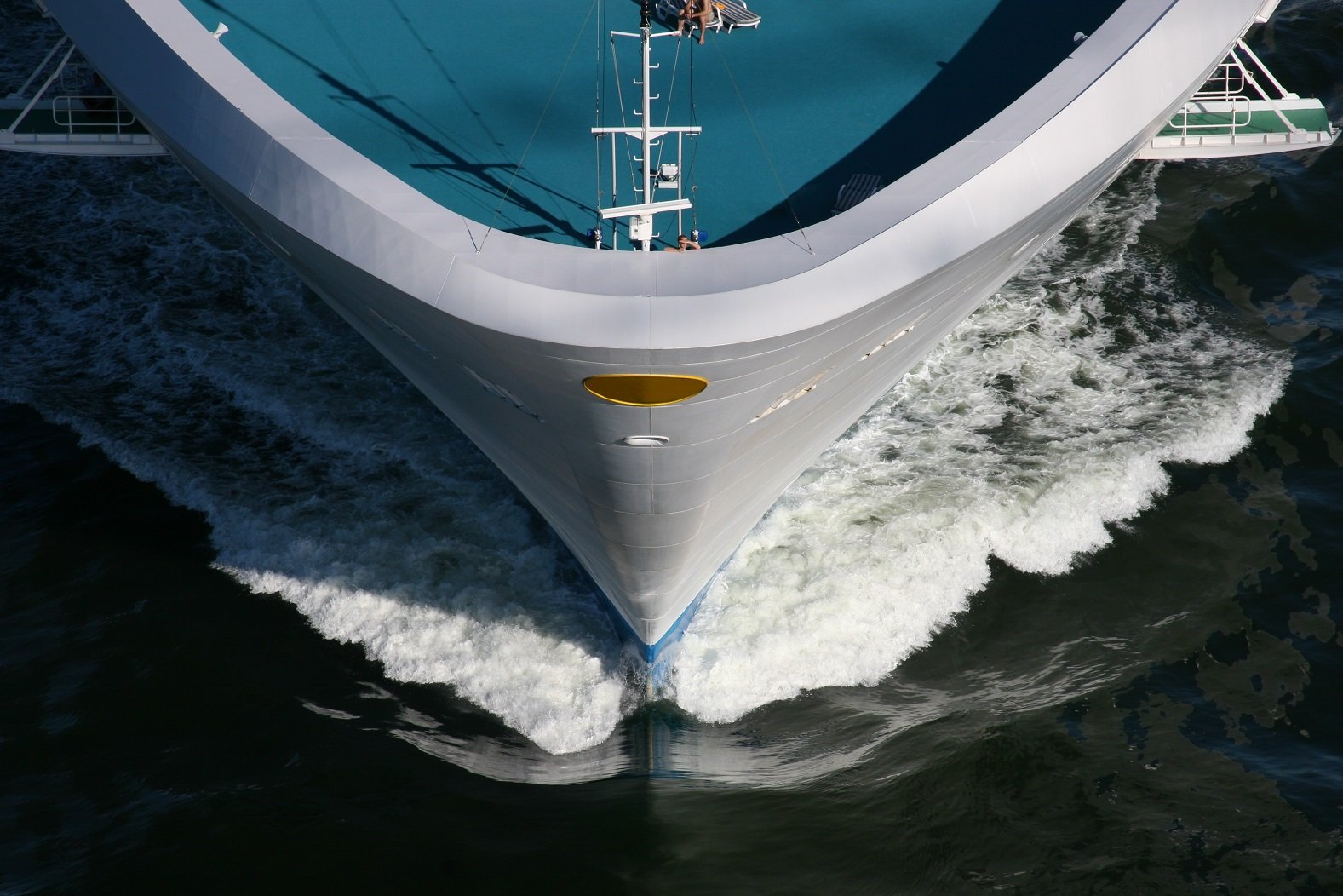The impact of the coronavirus pandemic on people's lives has been tragic, with more than 100,000 deaths and about 1.6 million cases in the U.S. and worldwide as of Friday. Even among those who haven't had loved ones afflicted with the disease, public health measures to keep the general population safe have created unprecedented economic distress that's threatened to make the fundamental business models of many companies completely unviable.
The cruise ship industry has taken one of the hardest blows from the crisis. Shares of Royal Caribbean Cruises (RCL 3.33%) are down 70% so far in 2020, and Carnival (CCL 1.62%) and Norwegian Cruise Line Holdings (NCLH 0.78%) have seen even bigger declines between 75% and 80% this year. With the companies all having suspended their cruises beginning in March, revenue has essentially disappeared even as many of their expenses drain their financial reserves.
Over the past week, some had finally seen a glimmer of hope for cruise ship stocks. Now, though, the industry faces a new challenge that could send Carnival, Norwegian, and Royal Caribbean into a new collapse.

Image source: Getty Images.
What the CDC expects from cruise ship companies
Late Thursday, the Centers for Disease Control and Prevention (CDC) extended its previous no-sail order for cruise ships. Under previous orders, the CDC had recognized the voluntary 30-day suspensions that Norwegian, Carnival, Royal Caribbean, and others had made and therefore had chosen not to make the no-sail order provisions apply. This time, though, the CDC order explicitly applies to all cruise ships.
The order forbids cruise ship companies from operating within U.S. territorial waters. It also requires those companies to come up with plans on how they will deal with COVID-19, which are then subject to review and approval by both the CDC and the U.S. Coast Guard. Those plans must put the onus of dealing with the coronavirus on the cruise ship operators, with minimal expectations for help from federal, state, or local governments.
The plans will require some specific provisions, including the following:
- Monitoring passengers and doing medical screenings on crew members.
- Training crew members on preventing the spread of COVID-19.
- Planning for how to manage and respond to a COVID-19 outbreak on board.
It'll take some time for cruise ship companies to put together these plans. Every day it takes is potentially an extra day that they won't be able to operate. But there's even worse news, because even those companies that comply with these provisions could still have to wait months before they can sail again.
How long will cruise lovers be stuck in port?
The CDC order also set a potential timeline for how long the no-sail order could remain in effect. If the secretary of Health and Human Services declares that the coronavirus pandemic no longer constitutes a public health emergency, then the order could get lifted immediately. Alternatively, the director of the CDC could decide to rescind or modify the order in response to new data on public health or other factors. If neither of those things happens, then the order would expire of its own accord 100 days after it's officially published in the Federal Register.
Unfortunately, that doesn't really set any firm time at which cruise fans can expect to sail again. If the coronavirus continues to plague the U.S. in late July, then you can expect the CDC to extend the no-sail order further. Conversely, if the pandemic gets resolved more quickly than anticipated, then the order's provisions allow for immediate relief.
Expect more stock volatility
Investors in Carnival, Norwegian, and Royal Caribbean have celebrated the idea that if the cruise ship operators can just get through the current crisis without using up all their financial resources, then their long-term future looks bright for value investors. Carnival currently trades at about five times its 2019 earnings, while Royal Caribbean's market cap is less than five times its 2019 net income. Norwegian trades even more cheaply at just three times its income over the past 12 months.
There's no question that if the three companies can keep meeting their obligations to creditors and prevent them from forcing the cruise line operators into filing for bankruptcy protection, then current shareholders stand to see huge gains if earnings return to their pre-coronavirus levels. Until then, though, the stocks will rise and fall based on their probabilities of staying out of bankruptcy. In driving the harsh reality of the situation home to shareholders, the CDC might well prove responsible for sending shares of Norwegian, Royal Caribbean, and Carnival sharply lower on Monday.








